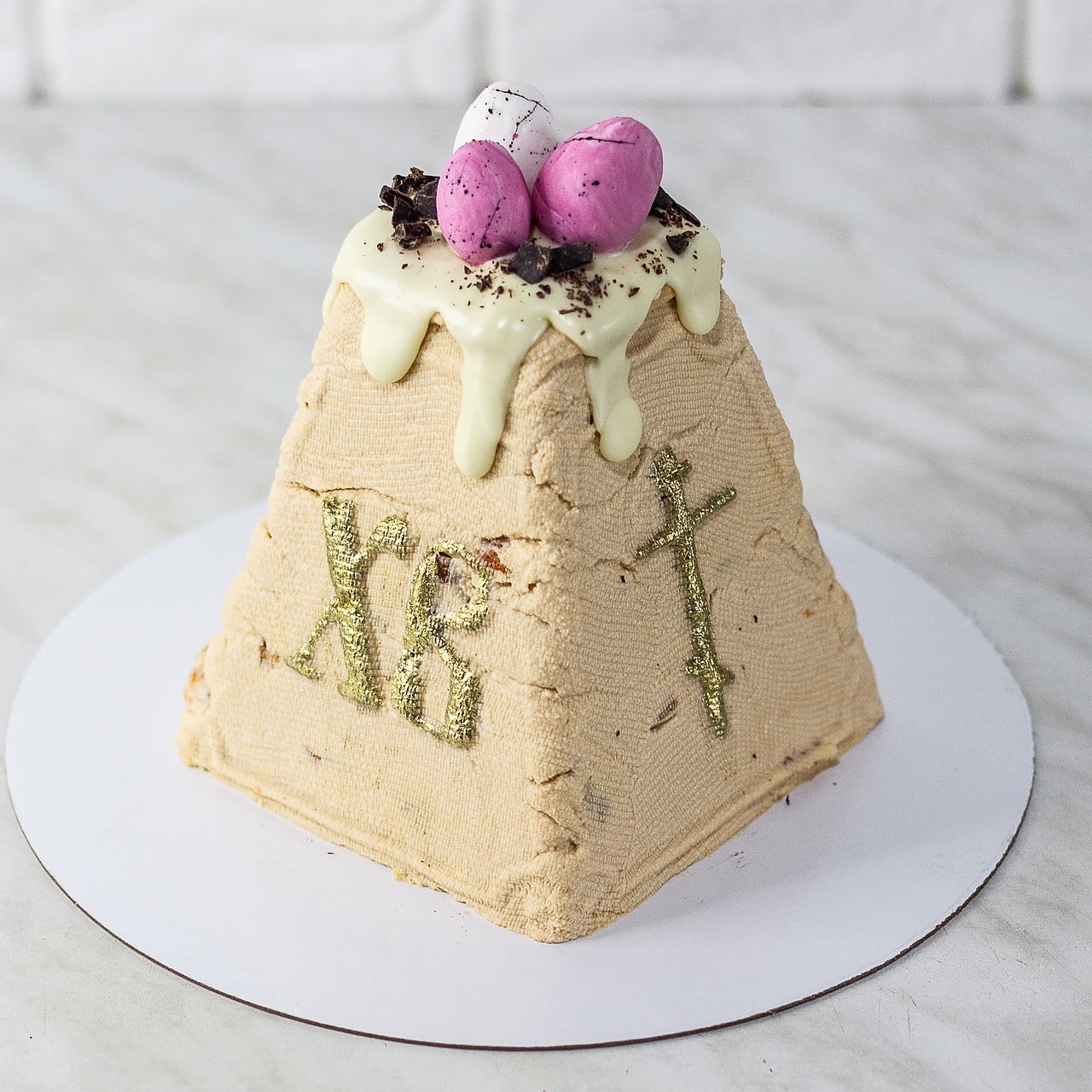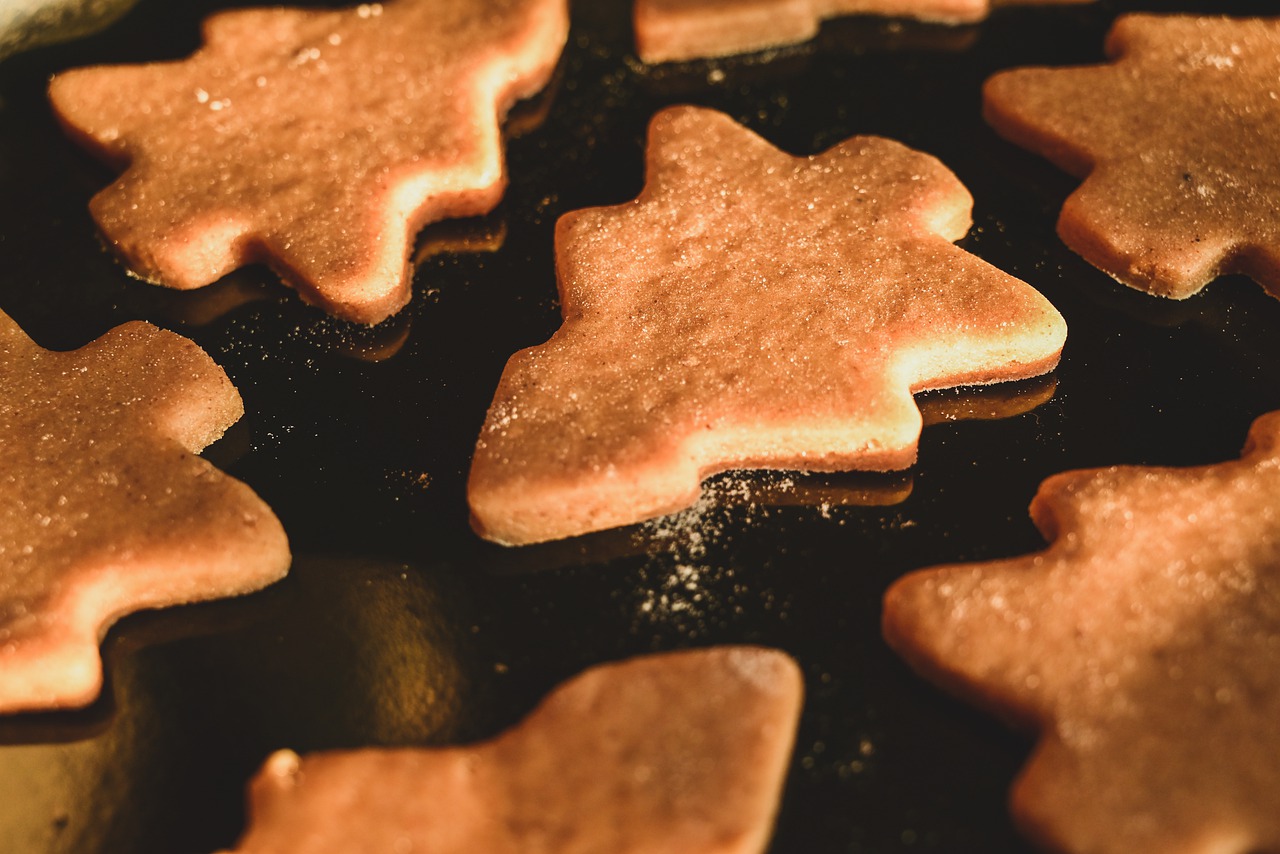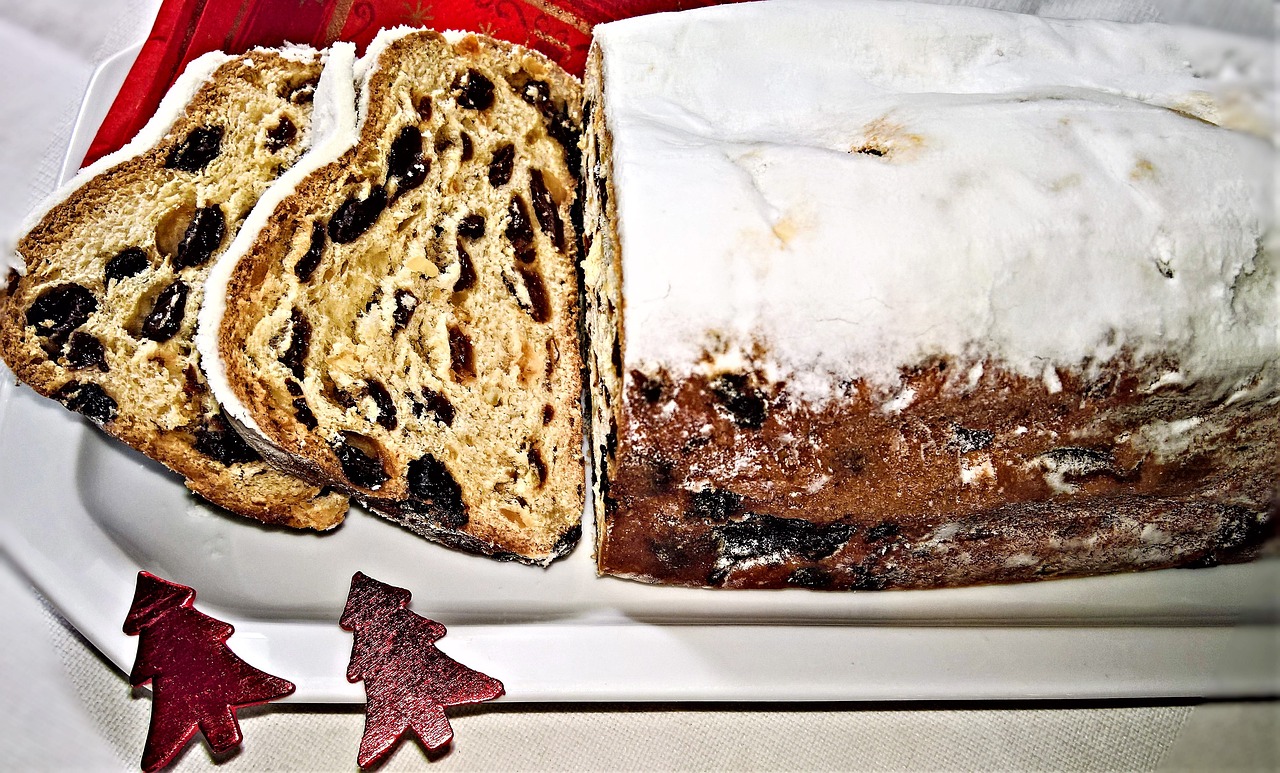Tula Gingerbread: Traditional Russian Spiced Cookies

When it comes to traditional Russian treats, Tula gingerbread stands out as a beloved delicacy that has captured the hearts and taste buds of many. These spiced cookies are not just any ordinary baked goods; they are a symbol of Russian culinary heritage, steeped in history and tradition. Let's delve into the world of Tula gingerbread and uncover the secrets behind these delectable delights.
Originating from the picturesque city of Tula in the 17th century, Tula gingerbread has a rich history that dates back centuries. Initially crafted by skilled bakers using age-old recipes, these cookies were more than just a snack – they were a symbol of craftsmanship and artistry. Over time, Tula gingerbread has evolved into a cultural icon, representing the essence of Russian hospitality and warmth.
The key to the distinctive flavor of Tula gingerbread lies in its carefully selected ingredients. From the sweetness of honey to the warmth of cinnamon and cloves, each component plays a crucial role in creating the perfect balance of flavors. What sets Tula gingerbread apart is the use of intricate molds that give these cookies their unique shapes and designs, making them not only a delight to eat but also a feast for the eyes.
When it comes to cultural significance, Tula gingerbread holds a special place in Russian traditions and celebrations. Whether it's a wedding, a holiday gathering, or a simple gift to a loved one, these spiced cookies are a symbol of joy and togetherness. They are often given as souvenirs to visitors, showcasing the rich culinary heritage of Russia and spreading the warmth of hospitality to all who taste them.
In the modern era, Tula gingerbread has adapted to changing tastes and preferences, offering a wide range of flavors and designs to cater to a diverse audience. From classic recipes to innovative creations, these cookies continue to enchant both young and old with their irresistible charm. For those who wish to experience the magic of Tula gingerbread at home, there are numerous recipes available that allow you to recreate these traditional Russian treats in your own kitchen.
History of Tula Gingerbread
The history of Tula gingerbread traces back to the 17th century in the Russian city of Tula, where this beloved treat originated. These spiced cookies have a rich history, evolving over centuries to become a symbol of Russian culinary tradition. The art of making Tula gingerbread has been passed down through generations, with each baker adding their unique touch to the recipe.
Initially crafted by skilled artisans, Tula gingerbread was a delicacy enjoyed by the Russian aristocracy. Its intricate designs and aromatic spices quickly captured the hearts of all who tasted it. As the popularity of Tula gingerbread grew, it became a staple in Russian celebrations, symbolizing warmth, tradition, and the joy of coming together.
The secret behind the distinct flavor of Tula gingerbread lies in its key ingredients. Honey, a staple in Russian cuisine, provides a sweet base for the cookies, while spices like cinnamon, cloves, and nutmeg add a warm and fragrant depth. The use of intricate molds for shaping the dough gives Tula gingerbread its signature look, with each cookie telling a story of craftsmanship and tradition.
Throughout history, Tula gingerbread has been intertwined with Russian culture, playing a significant role in various celebrations. From weddings to holidays, these spiced cookies have been a part of joyous occasions, symbolizing prosperity, happiness, and the sweetness of life. Tula gingerbread has also become a popular souvenir for visitors, showcasing the country's rich culinary heritage and craftsmanship.
As time passed, Tula gingerbread adapted to modern tastes, incorporating new flavors and innovative designs. Bakers began experimenting with different spices, fillings, and decorations, giving rise to a variety of modern variations. Despite these changes, the essence of Tula gingerbread remains unchanged – a delightful treat that embodies the spirit of Russian tradition and hospitality.
Ingredients in Tula Gingerbread
The ingredients in Tula gingerbread play a crucial role in creating its distinctive and beloved flavor profile. One of the key components of Tula gingerbread is honey, which not only sweetens the cookies but also adds a rich depth of flavor. The use of spices is another essential element, with cinnamon and cloves being prominent choices that give the gingerbread its warm and aromatic taste.
Additionally, the intricate designs that adorn Tula gingerbread are made possible through the use of molds that shape the cookies into beautiful and intricate patterns. These molds not only contribute to the visual appeal of the gingerbread but also help in creating a unique texture that sets Tula gingerbread apart from other types of cookies.
The combination of these ingredients, along with the skillful use of molds, results in Tula gingerbread's signature taste and appearance. The balance of sweetness from the honey, the warmth of the spices, and the intricate designs all come together to create a treat that is not only delicious but also a feast for the eyes.
Cultural Significance
The of Tula gingerbread in Russia is deeply rooted in the country's traditions and celebrations. These spiced cookies hold a special place in various occasions, serving as more than just a sweet treat. Let's delve into why Tula gingerbread is cherished in Russian culture.
1. Weddings: Tula gingerbread is a common sight at Russian weddings, symbolizing sweetness and prosperity for the newlyweds. These intricately designed cookies are often given as gifts to guests as a token of appreciation for being part of the celebration.
2. Holidays: During festive seasons like Christmas and New Year, Tula gingerbread adorns tables across Russia. The warm spices and rich flavors of these cookies evoke a sense of coziness and tradition, making them a staple in holiday gatherings.
3. Symbol of Heritage: Tula gingerbread represents the culinary heritage of Russia, showcasing the country's expertise in baking and confectionery. The intricate designs on the cookies reflect the artistry and attention to detail that are valued in Russian craftsmanship.
4. Popular Souvenir: For visitors exploring Russia, Tula gingerbread often serves as a popular souvenir to take back home. These cookies not only offer a taste of Russian flavors but also carry the essence of the country's cultural identity, making them a cherished memento.
Overall, Tula gingerbread plays a significant role in Russian culture, acting as a symbol of joy, tradition, and heritage. Whether enjoyed during a wedding, holiday celebration, or as a thoughtful gift, these spiced cookies continue to bring people together and celebrate the richness of Russian culinary traditions.
Modern Variations and Recipes
When it comes to modern variations of Tula gingerbread, the traditional recipe has seen some exciting twists and innovations over the years. While the classic flavors of honey, cinnamon, and cloves remain at the heart of these spiced cookies, creative bakers have introduced new ingredients and designs to cater to contemporary tastes.
One popular modern variation is the addition of citrus zest, such as orange or lemon, which adds a refreshing twist to the rich and spicy flavor profile of Tula gingerbread. The citrus notes complement the sweetness of the honey and enhance the overall aroma of the cookies, creating a delightful sensory experience.
For those looking to experiment with different textures, incorporating chopped nuts like almonds or walnuts into the dough can provide a crunchy contrast to the soft and chewy consistency of the gingerbread. The nutty undertones add depth to the flavor profile and offer a satisfying crunch with every bite.
When it comes to creative designs, modern bakers have pushed the boundaries of traditional Tula gingerbread molds to create intricate patterns and shapes. From elaborate floral motifs to whimsical animal figures, these artistic interpretations of the classic cookie showcase the skill and craftsmanship of the bakers.
If you're eager to try your hand at making Tula gingerbread at home, here is a simple recipe to get you started:
- Ingredients:
- 2 cups all-purpose flour
- 1 teaspoon baking soda
- 1 teaspoon ground cinnamon
- 1/2 teaspoon ground cloves
- 1/2 cup honey
- 1/2 cup sugar
- 1/2 cup unsalted butter, softened
- Zest of 1 orange
- 1/2 cup chopped almonds
- Instructions:
- Preheat the oven to 350°F (180°C) and line a baking sheet with parchment paper.
- In a bowl, whisk together the flour, baking soda, cinnamon, and cloves.
- In a separate bowl, cream the butter and sugar until light and fluffy. Add the honey and orange zest, mixing until well combined.
- Gradually add the dry ingredients to the wet ingredients, mixing until a dough forms. Fold in the chopped almonds.
- Roll out the dough on a floured surface and use cookie cutters to create your desired shapes.
- Place the cookies on the prepared baking sheet and bake for 10-12 minutes, or until lightly golden.
- Allow the cookies to cool before serving and enjoy the modern twist on this classic Russian treat!



 HazalVardal
HazalVardal 





